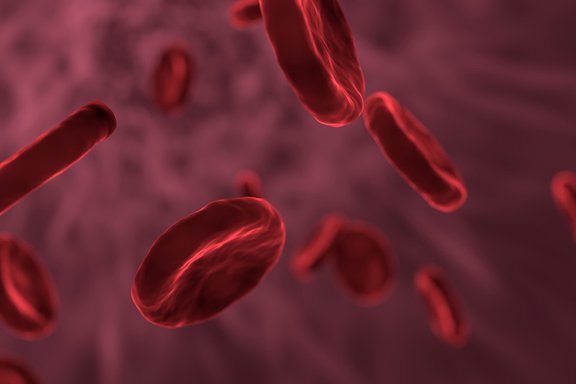An alternative treatment to conventional therapies for arthrosis and sports injuries, using the body’s own substances
The alternative treatment of arthrosis and sports injuries using autologous platelet-rich plasma (A-PRP) – extracted from the patient’s own blood – has proven its worth for many years. In autologous blood therapy, blood is taken from a vein, prepared and injected in concentrated form into a joint, ligament, muscle or, for instance, an inflamed tendon.
The importance of platelets in the healing process
Blood platelets (thrombocytes) are formed in the bone marrow. They are responsible for blood clotting and help to close wounds. When an injury occurs, the platelets attach themselves to the wound and clump together to stop the bleeding. In the process, the platelets secrete hormone-like growth factors that promote the healing process. They also attract stem cells, which the body needs to regenerate itself.
The body’s own platelets and blood plasma with useful components
Platelets and blood plasma contain many useful components such as nutrients, vitamins, hormones, electrolytes and growth factors that are essential for cell survival. The growth factors play an important role in healing tissue defects in the body. These cells can be extracted from the patient’s blood and more highly concentrated to support biological repair mechanisms specifically in the tissue.
Platelet-rich blood plasma is of particular importance in autologous blood therapy, as the healing cells in this plasma are isolated and activated both exogenously and endogenously, which in turn releases the growth factors. At the same time, undesirable pro-inflammatory cells are largely removed from the plasma and thus cannot further maintain the adverse inflammatory reaction.
Treatment of diseases and injuries using platelet-rich plasma (PRP)
PRP therapy can be used to treat a variety of diseases and injuries. These include:
- tendon injuries (e.g. Achilles tendon or rotator cuff)
- tendopathies (non-inflammatory tendon diseases such as epicondylitis, tennis elbow, patellar tendinitis)
- injuries to the joint ligaments (anterior cruciate ligament and medial collateral ligament at the knee, ligaments at the ankle)
- muscle injuries
- arthroses of the large joints (shoulder, elbow, hand, hip, knee and ankle joints in stages I, II and III)
- arthroses of the small spinal joints and the sacroiliac joint
- spinal canal or neuroforaminal stenoses
Consultation appointment before treatment with autologous blood
For a successful treatment with autologous blood, important questions must be clarified with the patient before commencing A-PRP therapy. Before autologous blood therapy, the treating doctor checks the medication that the patient is already taking. Since the mode of action and ingredients such as NSAIDs (non-steroidal anti-inflammatory drugs) or antithrombotic drugs can have a harmful effect on treatment, their use should be specifically discussed in advance.
The orthopaedist will also discuss with their patient the costs involved in the therapy and how many treatments are necessary.
Contact us, so that we can decide together whether an autologous blood treatment using A-PRP is suitable for you. Our team in Wolgast will be hay to answer your questions and make an appointment with you. You also have the option of making an appointment online via our calendar.
